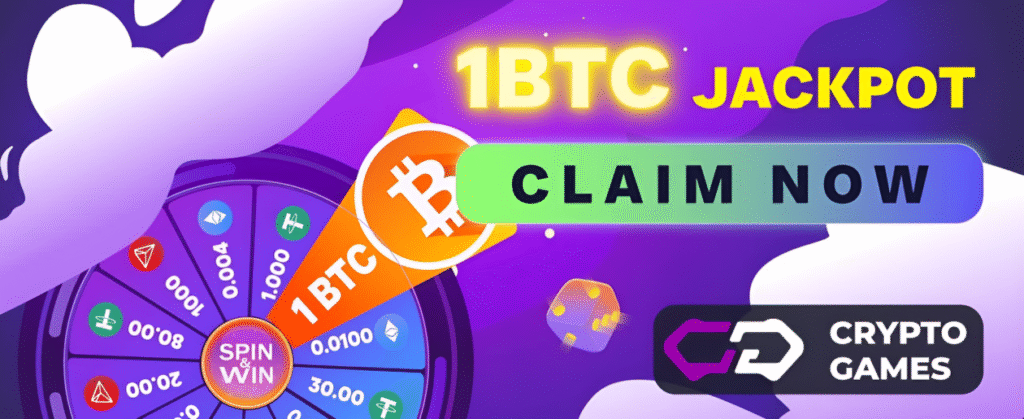Technology has transformed the way classrooms and businesses operate. Among the most significant innovations is the interactive touchscreen whiteboard, a tool that combines traditional teaching methods with modern digital capabilities.
What is an Interactive Touchscreen Whiteboard?
An interactive touchscreen whiteboard is an advanced display panel that allows users to write, draw, and interact with digital content directly on the screen.
Unlike traditional boards that require markers or chalk, these digital displays use touch sensitivity, stylus pens, and software integration to create an engaging and dynamic experience. They are commonly used in schools, universities, corporate boardrooms, training facilities, and even creative studios.
The Rise of Interactive Touchscreen Whiteboards
Over the last decade, the demand for interactive boards has grown rapidly. Schools are embracing them as part of smart classroom initiatives, while businesses are using them to enhance collaboration and improve presentations.
The global push for remote and hybrid learning has further highlighted the importance of technology that supports real time engagement.
With interactive boards, teachers can display multimedia lessons, annotate texts, and encourage student participation.
Businesses can use them for brainstorming sessions, collaborative projects, and remote team meetings. The interactive touchscreen whiteboard has therefore become a symbol of progress and efficiency.
Benefits of Interactive Touchscreen Whiteboards
1. Engaged Learning
In classrooms, interactive boards encourage student participation. Learners can come up to the board, solve problems, or interact with educational apps. This makes lessons more interesting and improves retention.
Companies like HKMLC interactive whiteboards are driving innovation, offering solutions that meet the needs of both educators and professionals.
2. Enhanced Collaboration
For businesses, interactive boards make meetings more productive. Teams can brainstorm ideas, write notes, and save sessions directly. This allows for smoother project management and decision making.
3. Multimedia Integration
Unlike standard boards, interactive touchscreen whiteboards allow the integration of videos, audio, and animations. Teachers and professionals can explain complex topics more clearly using visual aids.
4. Accessibility
These boards are inclusive tools. Students with different learning abilities can benefit from visual, auditory, and kinesthetic elements. For businesses, the accessibility features make collaboration easy across diverse teams.
5. Cloud Connectivity
Modern interactive boards can connect to cloud platforms, allowing files to be saved, shared, and accessed anywhere. This is especially valuable in hybrid learning or remote working setups.
6. Long Term Cost Efficiency
While the initial investment may seem high, interactive boards eliminate recurring costs of markers, chalk, or paper. Additionally, the ability to store lessons and meetings digitally saves time and resources.
Rent or Buy: Which Option is Best?
Once the value of interactive touchscreen whiteboards is established, the next consideration is whether to rent or buy one. Each option has unique benefits and challenges depending on the context in which the board will be used.
Renting an Interactive Touchscreen Whiteboard
Renting is an attractive option for organizations or schools that want to test the technology before committing to ownership. It is also suitable for events, short term projects, or temporary setups.
Advantages of Renting:
- Lower Upfront Cost: Renting does not require heavy investment. You can pay monthly or for a fixed period.
- Flexibility: Rentals allow institutions to upgrade to newer models without worrying about resale value.
- Temporary Needs: Ideal for conferences, exhibitions, or pilot projects.
- Maintenance Support: Many rental companies provide technical support and replacements.
Disadvantages of Renting:
- Long Term Expense: Over time, renting may become more expensive than buying.
- Limited Customization: Rental agreements may restrict modifications or personalized software installation.
- Dependence on Supplier: If the rental company faces issues, your access to the equipment may be disrupted.
Buying an Interactive Touchscreen Whiteboard
Purchasing a board outright is a long term investment that provides ownership and freedom to customize the equipment to your needs.
Advantages of Buying:
- Ownership: You have complete control over the board, including software, storage, and long term use.
- Cost Effective in the Long Run: While the initial cost is high, ownership pays off over several years of use.
- Customization: You can integrate the board with existing systems and install any compatible software.
- Asset Value: Owned equipment adds to your institution’s long term infrastructure.
Disadvantages of Buying:
- High Initial Cost: The purchase requires a significant upfront investment, which may not be feasible for every institution.
- Maintenance Responsibility: Owners must bear the cost of repairs, updates, and technical support.
- Risk of Obsolescence: Technology evolves quickly, and boards may need upgrading after a few years.
Factors to Consider Before Deciding
When choosing between renting or buying, it is important to evaluate specific needs.
- Budget: Does your organization have the capital for upfront investment, or would you prefer manageable rental payments?
- Duration of Use: Will the board be used long term, or is it needed for a temporary project or event?
- Frequency of Updates: Do you prefer staying up to date with the latest models, or is stability more important?
- Maintenance Capabilities: Can your institution manage maintenance in house, or is supplier support necessary?
- Scalability: Will you need multiple boards for different classrooms or meeting spaces?
Interactive Touchscreen Whiteboards in Education
For schools, the decision between renting and buying is particularly significant. Education budgets are often limited, so careful planning is necessary.
Many schools start by renting interactive boards to understand how teachers and students adapt. After a successful trial, purchasing becomes a more practical step. Buying ensures that the school has permanent infrastructure and can tailor the technology to its curriculum.
For institutions planning long term digital transformation, purchasing is often the better choice. However, for short term training sessions or programs, renting provides flexibility without a heavy financial burden.
Interactive Touchscreen Whiteboards in Business
Businesses often face different considerations. Corporations with frequent client meetings, training sessions, and remote collaboration needs may find buying more cost effective. Owning ensures that the board can be customized with company branding, secure software, and specific business tools.
On the other hand, smaller companies or startups may prefer renting to manage costs and scale as needed. Renting allows them to adjust resources based on project size and budget. For conferences, product launches, or exhibitions, rentals are often the most practical choice.
Cost Comparison Example
Imagine a school plans to use an interactive touchscreen whiteboard for at least five years. Buying one may cost more upfront, but the per year cost becomes significantly lower than renting.
On the other hand, a company hosting a three month training program may save money by renting instead of purchasing.

Final Thoughts
The interactive touchscreen whiteboard has become a central tool in modern education and business. Its ability to merge traditional teaching and communication methods with advanced digital capabilities makes it a worthwhile consideration for any institution.







